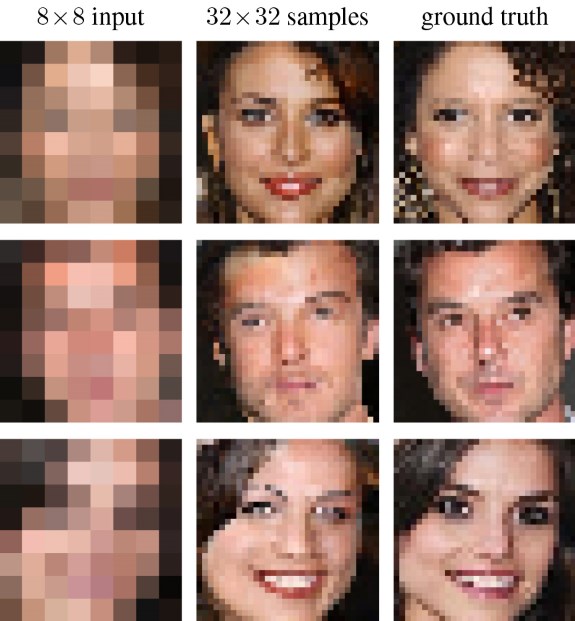An illustration of the system's capabilities can be viewed below, on the left you see 8x8 source images that contain very little discernible facial features. The center column shows the amount of data Google Brain is able to extract from the source images. It's not perfect but in many cases it's a relatively close match to the real image, which can be seen in the right column.
It's important to note that the computed super-resolution image is not real. The added details—known as "hallucinations" in image processing jargon—are a best guess and nothing more. This raises some intriguing issues, especially in the realms of surveillance and forensics. This technique could take a blurry image of a suspect and add more detail—zoom! enhance!—but it wouldn't actually be a real photo of the suspect. It might very well help the police find the suspect, though.Further details can be read at ARS Technica.
